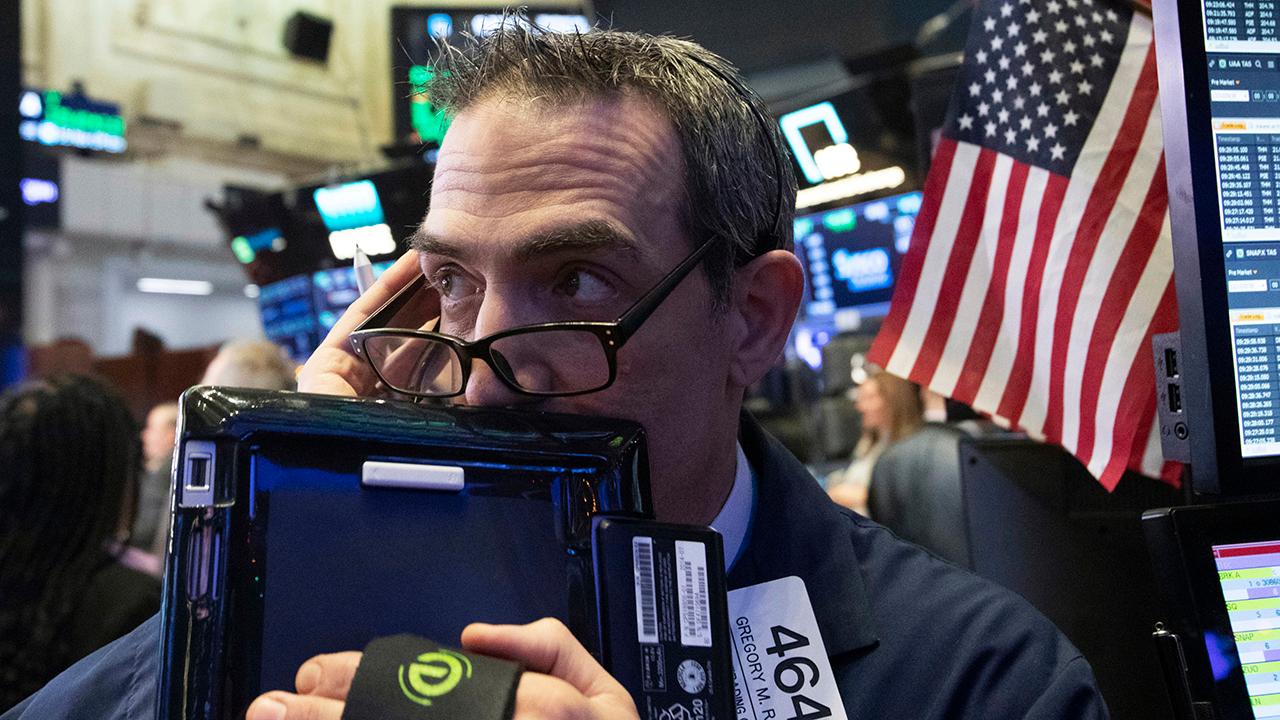Why gold made a safe Christmas gift this season
With volatile market conditions and rising concerns about a looming recession grabbing the headlines, the effort to achieve superior risk-adjusted returns spreads to alternative categories -- like gold and other commodities.
Whether one is buying the physical metals via coins to collectibles, or trading the metals via futures or ETFs, the beauty of satisfying the need for something "different" than traditional stocks and bonds comes in many formats. So the exposure is easy to get, when the timing is right.
| Ticker | Security | Last | Change | Change % |
|---|---|---|---|---|
| GLD | SPDR GOLD SHARES TRUST - USD ACC | 437.23 | +15.94 | +3.78% |
Spot gold prices have really stood out to me and my investment group since the S&P 500 and other indexes topped out in late September. Not only had the summer selling in gold become completely exhausted that month, but a true basing out was soon to be occurring. After what (we call around our office) was a "heavy" low of $1,167 in mid August in the gold futures market, where volume was high on two consecutive days -- and most of the volume was actually upside.
Also in that low area was a test of YTD lows in the RSI (relative strength indicator) oscillator. The RSI is a great tool to use when confirming if a move, up or down, has been exhausted, because it factors in the levels of the closing prices of an asset to where it may be overbought or oversold.
Stochastic oscillators told a similar story too, with respect to daily closing prices in the metal that were no longer going down during all day sell offs, but actually reversing trend and closing higher with buyers coming in. To reiterate, these indicators lined up to suggest at least a near-term bottom was forming.
For the next few weeks, spot gold prices continued to really strengthen their base and build momentum to forge new buying interest.
Through Christmas Eve, which made history this year by seeing its worst sell-off ever, the market internals continued to crack with new lows in your favorite stock indexes. The S&P 500 fell into a bear market, down 20 percent from the highs, the Nasdaq Composite also entered a bear market and the Dow Jones Industrial Average fell below 22,000.
As usual for gold, the shimmering metal has again come to the rescue of investors who, in recent months have faced one of the longest periods of elevated volatility seen in the last 30 months. Currently, Gold is hovering around $1,272 an ounce through Dec. 26, a six month high.
This is one of the main reasons why we, as money managers (and investors ourselves), especially value gold exposure at times -- because it is not stock or bonds. Gold, as it relates to the metals complex, is in its own asset class almost altogether because of the liquidity and popularity amongst seasoned professionals. Over the last nearly 20 years as a money manager and director of wealth for clients, gold has been a true find while markets are struggling with taking their next steps forward. The current situation seems very similar to these times.
December is winding down after the Fed raised interest rates for a fourth time and amid the ongoing backlash from President Trump against the central bank and its chairman, Jerome Powell. Inflation data remains soft, political fires are still burning, and the market is taking yet another leg down below the 2018 lows.
This being the case, we see more of the market malaise and uncertainty abound in the months ahead. This would suggest some gold positioning here, at least as a piece to reduce correlation and limit overall portfolio volatility until calmer waters are entered.
Scott Martin is the Chief investment Officer of Kingsview Asset Management and a Fox News Contributor. Follow him on Twitter: @scottymarkets.
Disclosures: Scott Martin and Kingsview Asset Management’s portfolios are long gold futures and GLD.
This opinion article was updated on 12-26-18.




















